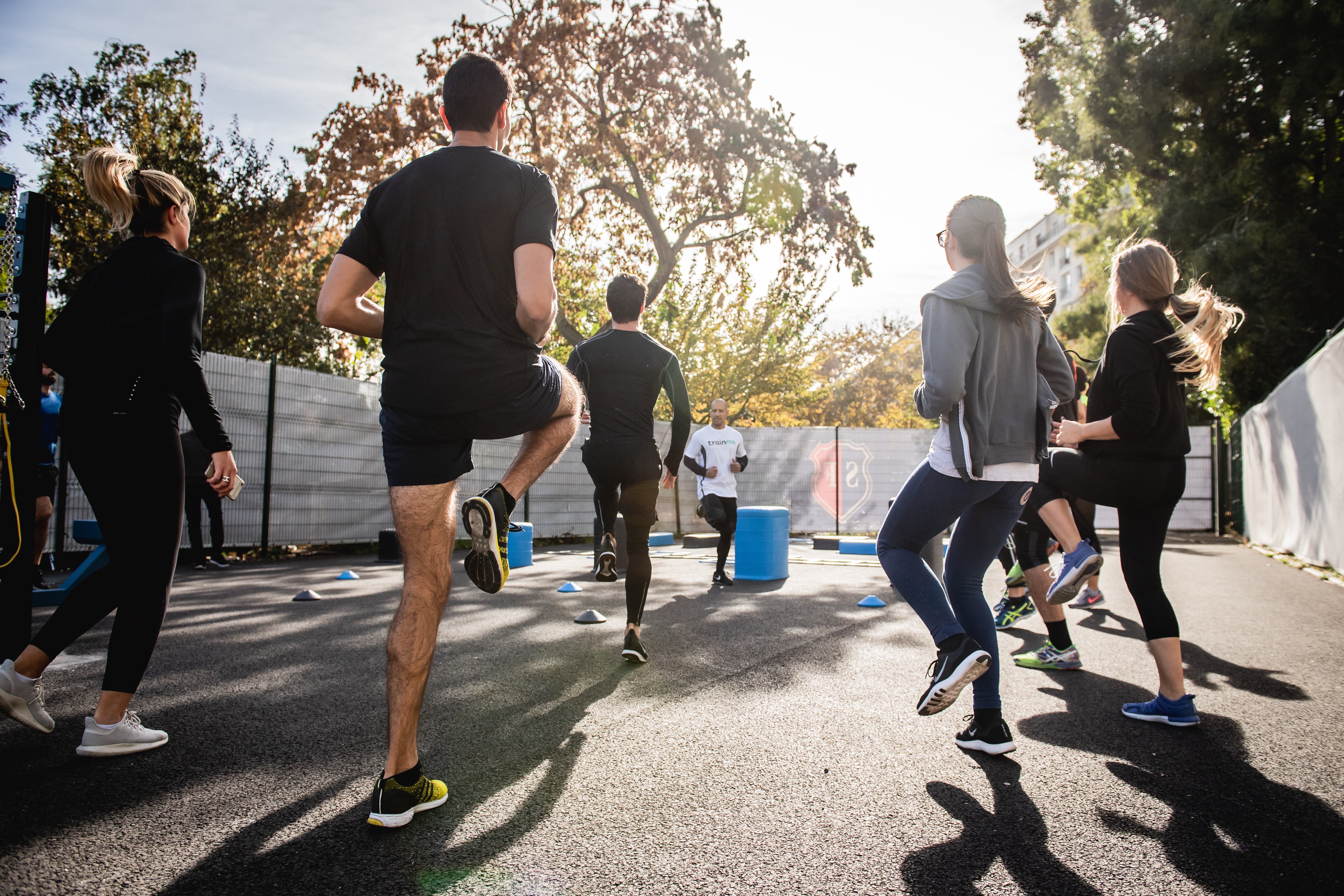It is common knowledge that exercise is good for us – it boosts our physical abilities, strengthens our cardiovascular health, and prevents risk of physical illness like diabetes and high blood pressure. However, the benefits of exercise don’t stop there; perhaps even more significant is the influence exercise has on our mental state. This effect is so profound that some experts believe that brain health and cognition will only function at its optimum with regular physical activity.
How can exercise boost your mood?
One way that exercise affects our brain is by keeping us mentally positive and emotionally regulated. Research has shown that individuals who exercise regularly have better mental health and emotional wellbeing, with a lower risk of developing mental illness and mood disorders. Many studies have concluded that exercise improves mental health by reducing anxiety, depression, social withdrawal, and negative mood, and improves feelings of self-esteem and coping ability. This effect can be so significant that regular exercise has been demonstrated to have as much of a positive effect on individuals diagnosed with mild to moderate depression as antidepressants or psychotherapy.
How is it that exercise has such a profound effect on our mental health? One proposal is that these improvements in mood due to exercise is the result of increased blood circulation to the brain occurring when your heart rate increases. This increased blood circulation influences the hypothalamic-pituitary-adrenal (HPA) axis, a system involved in producing the stress hormone cortisol. This results in not only a reduction in cortisol production, but an increase in activity in the limbic system (which controls motivation and mood) and decrease in activity in the amygdala (which controls fear and stress). In addition to the HPA hypothesis, exercise is known to alter the composition of hormones such as serotonin and endorphins, improve sleep, and reduce muscle tension. These measures contribute to an overall positive mental state.
In addition to exercise changing activity in the brain, exercise has been demonstrated to alter the structure of our brains itself. Research has shown that exercise triggers the release of the molecular hormone Brain-Derived Neurotrophic Factor (BDNF), a hormone that increases the production of new neurons and new connections between neurons. BDNF is essential for brain plasticity (the brain’s ability to change) and is important in developing new neurons and modifying brain structure in adulthood. The production of new neurons in adulthood only occurs in a few brain regions, one of which being the hippocampus – the central region for learning and memory. The hippocampus tends to shrink as we age which is why we become more forgetful over time, but neuroimaging has demonstrated that, not only is exercise protective against brain shrinkage, but it can actually increase brain volume that has been lost. This can be so significant that current studies are undergoing research into exercise as potential therapy for neurological disorders such as Alzheimer’s Disease and Parkinson’s Disease.
Yoga, running or the gym? Which exercise to choose:
So, what type of exercise should we be doing to maximise all health benefits, physical and mental? The search for a “silver bullet” cure of ideal exercise is inconclusive. We are still learning how exercise influences our body and mind and this research is only further obscured by the fact that everyone is built differently. The best way to exercise for one person may not be the best way to exercise for another. Most studies in literature have limited their research scope to aerobic exercise – think sports such as running, cycling, and swimming. Aerobic exercise is known to result in cognitive improvements and increase brain volume. It is only in more recent years where research has branched out to investigate the cognitive impact of resistance training and low-intensity exercise. These exercises, such as yoga, tai chi, and weight training, have also been demonstrated to improve cognition. However, the mechanism for how these low-intensity training acts on our brain is still unknown – unlike aerobic exercise, these activities do not act by increasing the heart rate and blood circulation. What is most likely the answer to the search of the ideal exercise is that it is not one activity, but many – recent studies have concluded that doing both aerobic and strength exercises is more effective on our mental health than doing either in isolation.
This is good news, particularly for people who are new to the world of exercise. For some people who might find aerobic exercise challenging or physically demanding, they can still seek out the mental health benefits through other, low-impact activities. In addition, these studies encourage individuals to seek out a variety of different exercises. Having a diverse physical regime not only maximises health benefits – it also leads to the discovery of new passions and interests, keeping individuals more engaged with physical activity.
What is the best type of exercise? The simple answer is – the one you’ll actually do and enjoy. Whether you enjoy cardio or prefer weight-lifting, there’s plenty of research to support that any physical activity is better for your mental health than none at all. Exercise doesn’t need to be done in excess – even doing a little bit of physical activity makes a big difference on your mental wellbeing. One study demonstrated positive mental health benefits by simply going on a brisk walk for one hour, twice a week. Whatever your choice of exercise, it’s important to stay active however you can – your brain will thank you for it.

